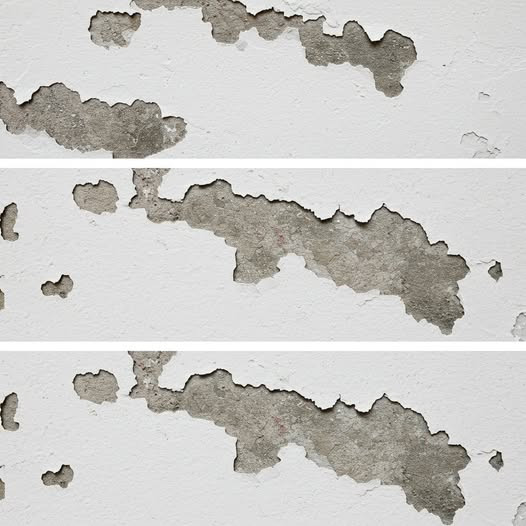ADVERTISEMENT
3. Repair Structural Issues: Stop Moisture at the Source
If damp is coming from outside the home, you’ll need to stop the ingress of water.
Check for:
- Cracked or missing roof tiles
- Leaky pipes or guttering
- Poorly sealed windows and doors
- Damaged exterior walls or pointing
4. Treat and Prevent Mold Growth
Once you’ve tackled the root cause of damp, don’t forget to treat any existing mold to restore indoor air quality and avoid health issues.
How to clean mold:
- Wear gloves and a mask
- Use a mold-specific cleaner or a mix of white vinegar and water
- Avoid bleach (it can discolor surfaces but may not kill mold spores)
Prevention: Keep rooms dry, ventilated, and regularly cleaned.
Bonus Tip: Damp-Proof Paint and Sealants
After fixing the underlying issues, you can use damp-resistant paints and sealants to protect vulnerable areas like basements, bathrooms, and exterior walls.
Note: These products are not a substitute for addressing the root cause—but they’re great for extra protection.
Conclusion: Fix It Once, Fix It Right
Dampness in the house is unpleasant—but it’s not unbeatable. With a bit of investigation and the right solutions, you can restore your home to a dry, comfortable, and healthy state.
✔ Improve ventilation
✔ Use a dehumidifier
✔ Fix leaks and structural damage
✔ Clean and prevent mold
✔ Apply protective coatings
Tackle the cause—not just the symptoms—and you’ll enjoy peace of mind and a healthier living environment all year round.
ADVERTISEMENT
